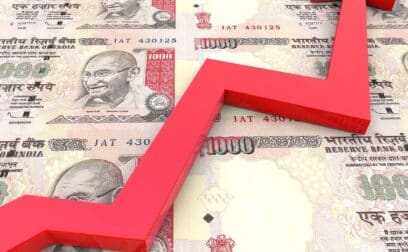Definition
Break-even analysis is a financial assessment tool used by businesses to determine the point at which total revenue equals total costs, resulting in neither profit or loss.
What is a break-even analysis?
It’s a critical component of financial planning and decision-making for businesses of all sizes. The analysis helps companies understand the minimum level of sales to cover all fixed and variable costs.
The break-even point is the point at which total revenue equals total costs. Below this point, the company is operating at a loss, and above it, it’s making a profit. This is also important for decision-making as it helps setting sales targets and pricing strategies, assists in determining the impact of cost changes on profitability, and aids in evaluating the feasibility of new projects or business ventures.
Try our break even calculator to find your break even point.
Businesses may conduct sensitivity analyses to assess how changes in factors like pricing, costs, or sales volume impact the break-even point.
Some of the limitations of the break-even analysis is that it assumes all costs are fixed or variable (which may not always be the case), assumes a linear relationship between costs and output, which may not hold true in all industries, and doesn’t account for other important financial metrics like cash flow or return on investment.
Example of break-even analysis
Imagine a small coffee shop named Brew Haven.
Costs and revenue:
- Fixed costs:
- Brew Haven has fixed costs of £2,000 per month. These include rent, utilities, and insurance.
- Variable costs:
- The variable cost per cup of coffee is £1. This includes the cost of coffee beans, cups, and other ingredients.
- Selling price:
- Brew Haven sells each cup of coffee for £3.
Break-even Analysis:
To find the break-even point, we use the formula:
Break-even point (in units) = Fixed costs / selling price – variable cost per unit
Break-even point (in units) = £2,000 / (£3 – £1) = £2,000 / £2 = 1,000 cups
Brew Haven needs to sell 1,000 cups of coffee to cover all fixed and variable costs and reach the break-even point.
































 yet? Register here!
yet? Register here!